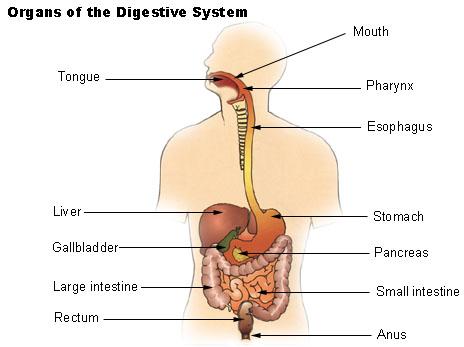
Digestion, the intricate process of breaking down food into its constituent nutrients for absorption and energy production, is a marvel of the human body. This complex journey begins the moment you take your first bite. In this comprehensive article, we will explore how the process of digestion commences in the mouth, highlighting the critical role of the oral cavity in preparing food for further digestion and absorption.
The Role of the Mouth in Digestion
The mouth serves as the entry point for food into the digestive system. Its primary functions in digestion include:
- Mechanical Breakdown: Chewing, or mastication, is the initial step in breaking down food into smaller, more manageable pieces. This process makes it easier for the digestive enzymes to access the food’s interior.
- Salivary Secretion: The mouth contains salivary glands that produce saliva, a watery fluid rich in enzymes. Saliva serves several crucial roles in digestion, as we will explore in more detail shortly.
- Taste Sensation: Taste buds on the tongue help identify and evaluate the flavors of food. This information is relayed to the brain to influence eating behavior.
The Process of Digestion in the Mouth
1. Mastication: Chewing Food
Digestion begins when you take a bite of food. The process of chewing, or mastication, is vital for breaking down large food particles into smaller, more manageable pieces. This mechanical breakdown serves two essential purposes:
- Increased Surface Area: Chewing increases the surface area of the food, exposing more of it to the digestive enzymes in saliva and making it easier for these enzymes to act.
- Mixing with Saliva: Chewing thoroughly mixes food with saliva, ensuring even distribution of digestive enzymes.
2. Saliva Production and Composition
Saliva, produced by the salivary glands in the mouth, is a watery fluid with a composition that serves various functions in digestion:
- Lubrication: Saliva moistens food, making it easier to swallow and facilitating its movement through the esophagus.
- Enzymatic Action: Saliva contains enzymes like amylase, which initiate the chemical breakdown of carbohydrates. Amylase breaks down complex carbohydrates (starches) into simpler sugars (like maltose and glucose).
- Buffering: Saliva contains bicarbonate ions, which help neutralize acidic substances in food, maintaining a stable pH level in the mouth.
3. Formation of Bolus
As food is chewed and mixed with saliva, it forms a cohesive mass called a bolus. The bolus is a partially digested mixture that can be easily swallowed.
4. Swallowing
Once the bolus is formed, the swallowing reflex is triggered. The bolus moves to the back of the mouth and into the throat, or pharynx. From here, it passes into the esophagus, which transports it to the stomach. Importantly, the epiglottis, a flap-like structure, prevents food and liquids from entering the windpipe (trachea) during swallowing, ensuring that they reach the esophagus and stomach.
Conclusion
The mouth serves as the gateway to the digestive system, initiating the intricate process of digestion. Chewing (mastication) breaks down food into smaller pieces, while saliva, produced by the salivary glands, contributes enzymes that begin the chemical digestion of carbohydrates. The formation of the bolus and the subsequent swallowing reflex facilitate the smooth passage of food from the mouth to the esophagus.
Understanding the role of the mouth in digestion underscores the importance of proper chewing and oral hygiene for overall digestive health. Moreover, it highlights the interconnectedness of various bodily systems in the remarkable journey of transforming food into the nutrients that fuel our bodies.




